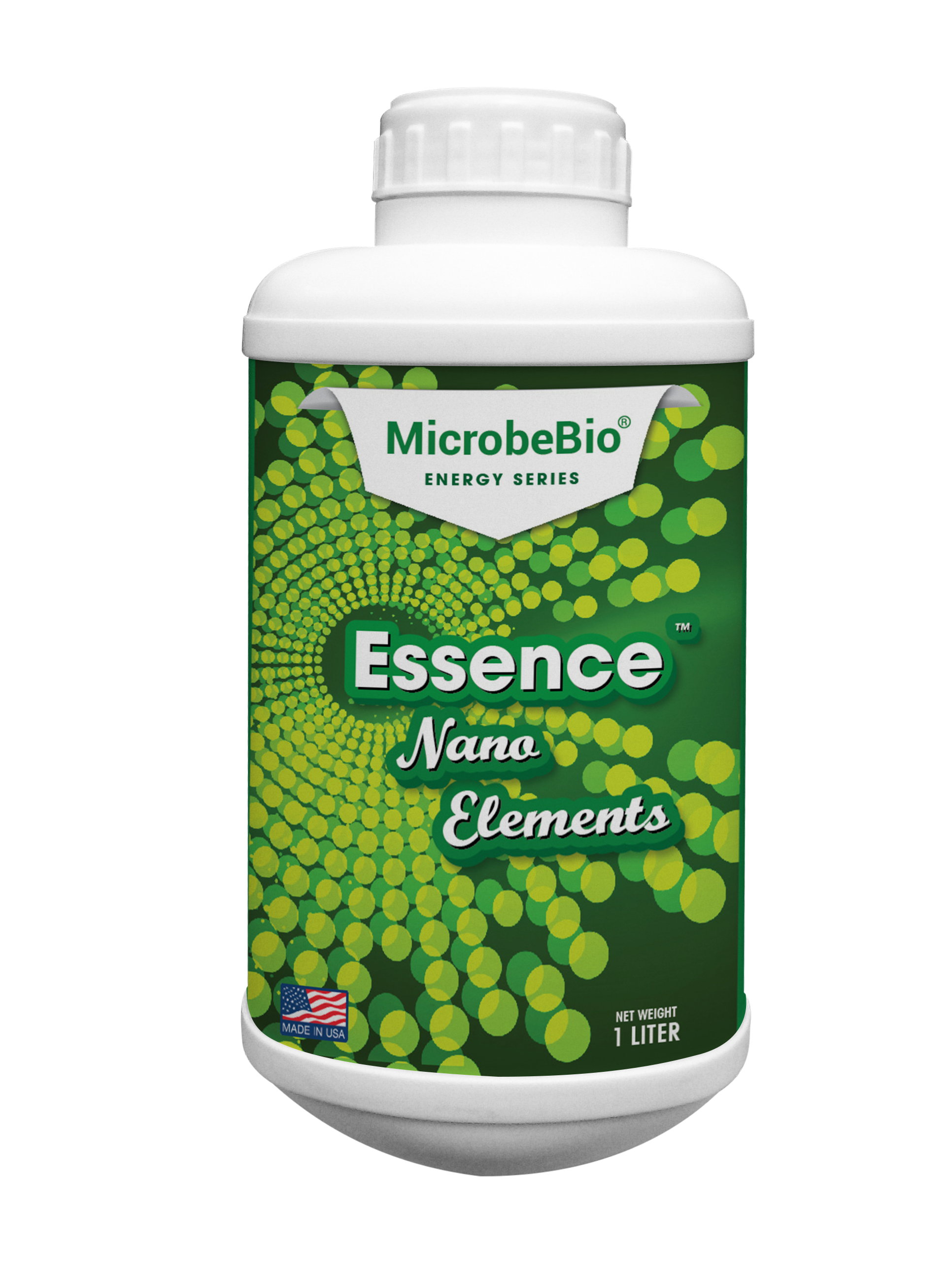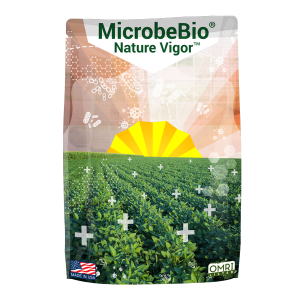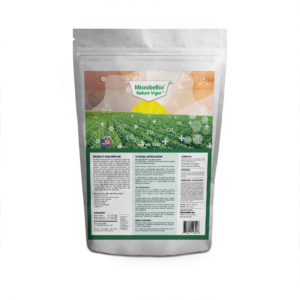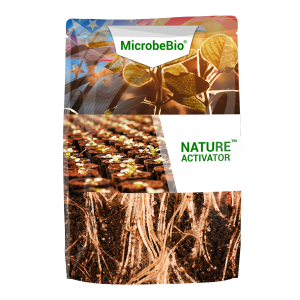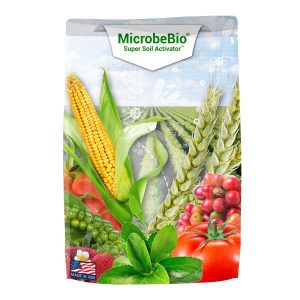Microbebio®Essence Nano Elements™
Microbebio® Essence Nano Elements™ hydrolysate, encapsulated in chitosan-based biopolymers and suspended in water. Nanoparticles of Zinc, Iron, Magnesium, Manganese, Molybdenum, and Boron are present in Essence nano elements. Each micronutrient in Microtrace has a potency of 100 ppm, and its particle size is less than 100 nanometers. The using cutting-edge nanotechnology, essence nano elements promote stronger, bigger, and healthier plants and are easy to use.
Benefit
- Enhances nutrient utilization
- Enhancing resistance to abiotic stress
- Reduces the amount of nutrients leaching into groundwater
- Increase yields
- Reduce the cost of inputs
Nutrient-rich nanoparticles are included in the products. The cell walls are penetrated efficiently by these particles. This will result in more productive crops with reduced inputs. Embedded in the Microbebio nano nanotechnology are nanoparticles and nano molecules that can be applied topically as part of Microbebio products
- To gain direct access to the cell’s metabolism
- Absorption is faster, more efficient, and more effective
- Surface interaction with the maximum contact area
Once the nanoparticle has entered the leaf, it makes its way into the inner tissue of the leaf, called mesophyll. Eventually, it reaches the veins of the plant, called the vasculature. It can then travel down the stem, through the roots, and up to the higher leaves. The plant cell provides immediate nutrient absorption and uptake, resulting in energy and nourishment.
Plants are supplied with nanoparticles of the following micronutrients via the Smart Nutrient Delivery System.
Zinc: Various enzymes in all crops rely on zinc to drive many metabolic reactions. It would be impossible for plants to grow and develop if specific enzymes were not present in their tissues. Plants with zinc deficiencies produce fewer carbohydrates, proteins, and chlorophyll.
A plant can endure cold temperatures due to its presence in plant tissues. It contributes to the formation of chlorophyll and some carbohydrates and the conversion of starches to sugars. Growth regulation and stem elongation are aided by zinc, essential to forming auxins.
Iron: The primary function of iron in plants is to help them transport oxygen throughout their systems. Plants in small amounts only need iron, but that amount is crucial for their health. Iron plays a vital role in producing chlorophyll, which gives plants its green color and oxygen.
Plants rely heavily on iron to perform essential functions, such as producing enzymes and chlorophyll, fixing nitrogen, and developing and metabolism.
Magnesium: Chlorophyll molecules in plants contain magnesium as their core. Mg deficiency results in a lack of chlorophyll, resulting in stunted growth in plants. Specific enzyme systems are also activated by magnesium.
A magnesium deficiency in lawn and garden plants can stunt growth and reduce photosynthesis.
Manganese (Mn) has many chemical functions in plant tissues, including supporting metabolism within different cell compartments. In photosynthesis, this metal plays a crucial role in the oxygen-evolving complex (OEC), catalyzing the separation of water in photosystem II (PSII).
Although plants need very little Mn, it is just as essential to plant growth as the other micronutrients.
Molybdenum: Among its many functions, molybdenum is crucial for converting nitrate into nitrite (a toxic form of nitrogen) and ultimately into ammonia, which is then used to synthesize amino acids within plants. Likewise, legumes need it to fix atmospheric nitrogen with symbiotic nitrogen-fixing bacteria.
Moreover, molybdenum is mainly involved in producing “molybdoenzymes,” which modulate many aspects of plant life. This type of mo-containing enzyme is best known for regulating nitrogen (N) nutrition. Mo-enzymes govern the conversion of nitrate to proteins in non-legume species (nitrate reductase).
Boron (B) is an essential micronutrient for all crops. In plants, it forms part of the cell walls and reproductive structures. This nutrient is mobile in the soil, meaning it can move around. A small amount of B is required, so delivering it evenly across the field is essential. Traditional fertilizer blends containing B have difficulty uniformly distributing nutrients.
In plants, Boron plays several vital roles, including building and maintaining cell walls, keeping membranes biological’ structural and functional integrity, moving sugar and energy up the plant, and pollinating. For legume crops to effectively fix nitrogen and nodulate, adequate B is also necessary.
- To gain direct access to the cell’s metabolism
- A faster and more efficient method of absorption
The area with which the surface interacts at its maximum
